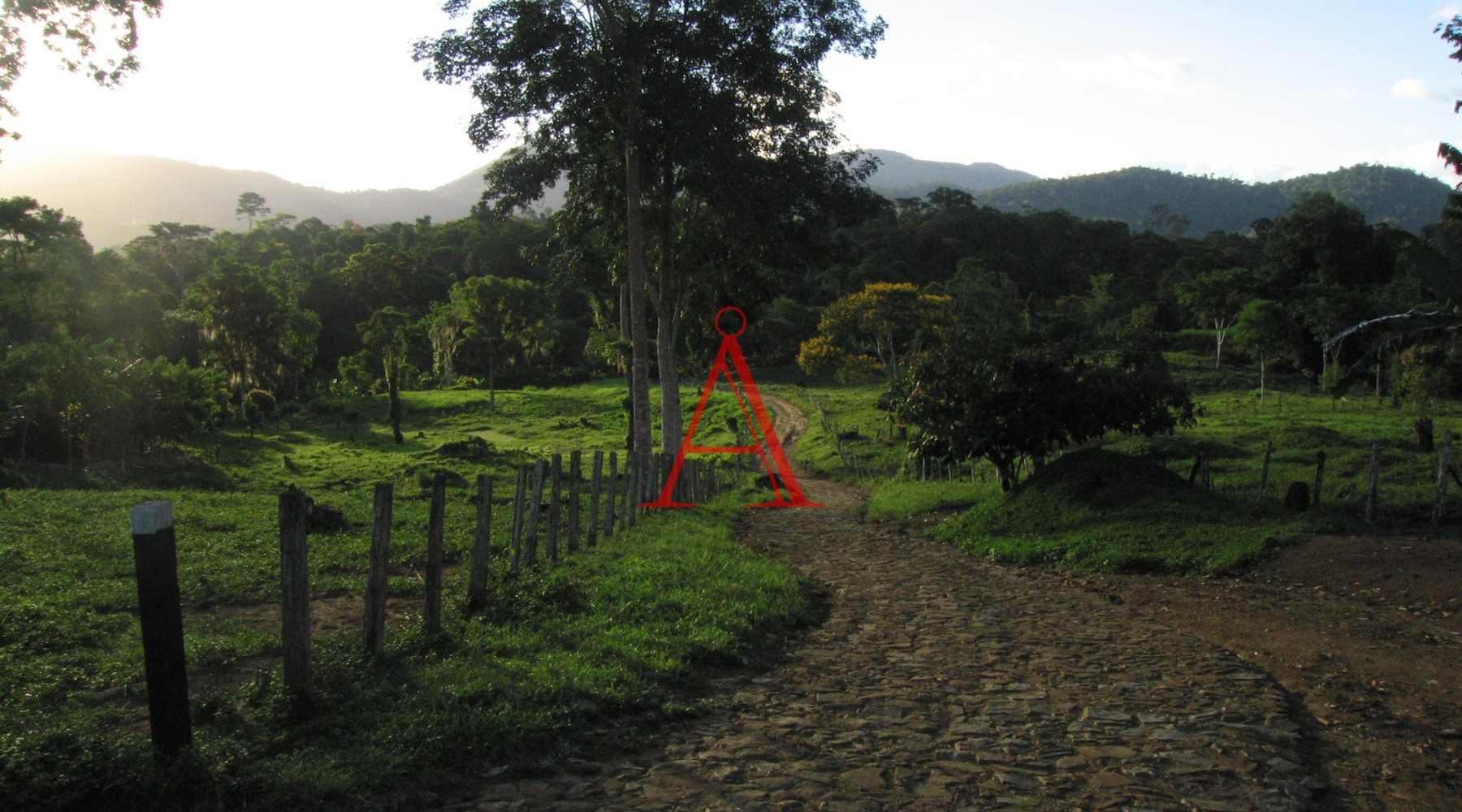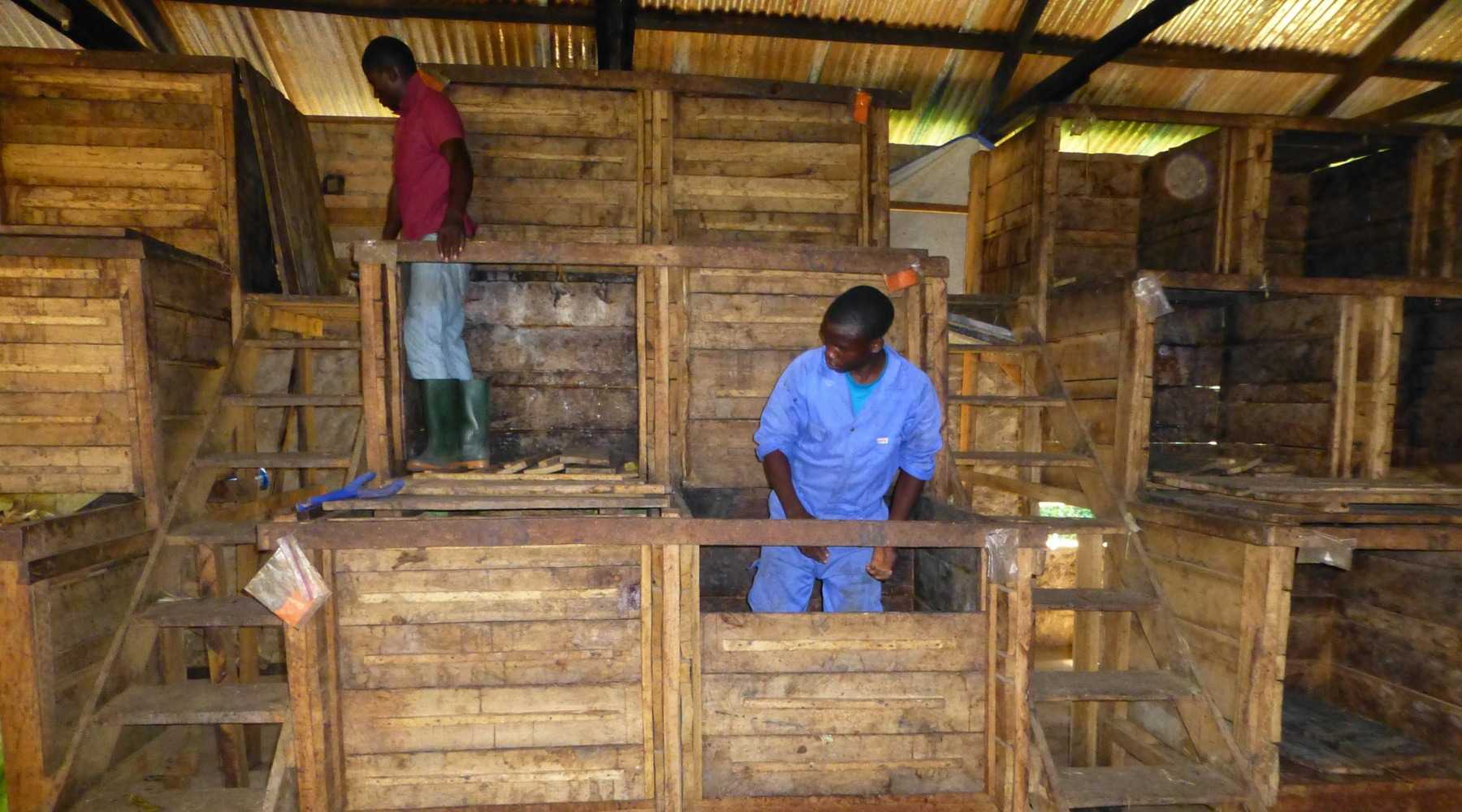Cocoa cultivation in Sri Lanka
The Matale region is located in the interior of Sri Lanka and is characterized by very fertile soil and heavy rainfall. Here the rare Ceylon cocoa grows optimally embedded in the environment, between spices. After harvesting, the cocoa beans are fermented for six days and then air-dried in the sun.
 Here the rare cocoa beans are hand-sorted ©Svenska Kakaobolaget
Here the rare cocoa beans are hand-sorted ©Svenska Kakaobolaget
The Coop-id cooperative emerged from a microcredit initiative in 2009 and today works with over 200 cocoa farmers. Sustainability in dealing with people, the environment and resources is a central concern of the cooperative. For example, an energy-saving processing station was built in which the resulting biomass is fed back into the natural cycle. Part of Coop-id's profits goes to a regional sustainability fund.  The farmers of the Coop-id cooperative in Sri Lanka grow particularly rare varieties ©Svenska Kakaobolaget
The farmers of the Coop-id cooperative in Sri Lanka grow particularly rare varieties ©Svenska Kakaobolaget
The taste of Coop-id's cocoa beans is reminiscent of black tea, spices and red berries. The acidity of the cocoa beans is very balanced. The chocolate that the great beans from Matale contain can be discovered here. Want to learn more about bean-to-bar chocolate? Here we have put together the most important information and 3 practical tips for you.
By the way, you can find more information about cocoa cultivation in Sri Lanka directly at Kakaobolaget .
Header photo by Rodrigo Flores on Unsplash



